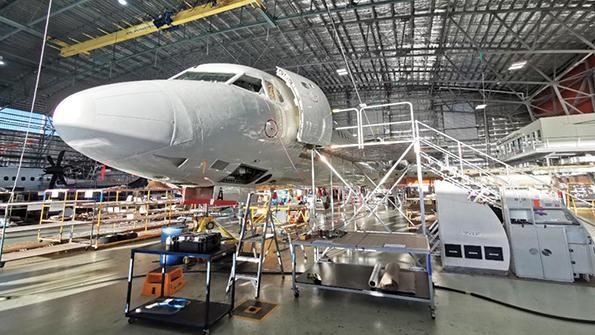
Supply chain issues are expected to ease, albeit not fully abate, next year.
Black swans have appeared frequently enough in recent years to render most predictions for the birds.
Pandemic, war, double-digit inflation and unprecedented energy sanctions have all played havoc with the aviation sector, and while 2022 has been a period of recovery, the possibility of its derailment looms large.
That said, several trends affecting the MRO sector will likely continue into next year.
The most important is the supply chain and labor squeeze, which most big OEMs and MRO providers expect to ease—but not entirely abate—in 2023.
In turn, this will affect aircraft and engine maintenance turnaround times, exacerbating capacity problems in the MRO sector during a period in which demand is only likely to rise as more passenger markets open up.
Chief among these will be China as it relinquishes its zero-COVID ambitions. Of course, it may at any point snap back to draconian restrictions, but its airlines are surely starting to plan for more intensive operations in 2023.
However, while a revived Chinese market will boost maintenance demand, 2023 may also reveal a contrast between the country opening up to international passengers while simultaneously severing its ties to the global aviation market as Chinese lessors continue to reorient their portfolios toward airlines within the country.
Whether China also pushes for greater independence in the maintenance market—possibly by assuming more control of the many joint ventures in the country—remains to be seen, but it is an interesting question for next year.
A complete break is impossible, of course, as China will still rely on the West for new aircraft, engines and parts.
Like the rest of the world, then, it will watch closely to see if Airbus and Boeing can meet their ramp-up plans, and whether engine manufacturers can keep up while also meeting demand for spare engines from existing and new customers.
Next year, one should also expect to hear complaints from airlines everywhere about some of the biggest parts price rises in recent memory as catalogs are updated to account for inflation. In turn, this should boost already strong demand for alternatives to new parts, such as used serviceable material, designated engineering representative repairs and PMA parts.





